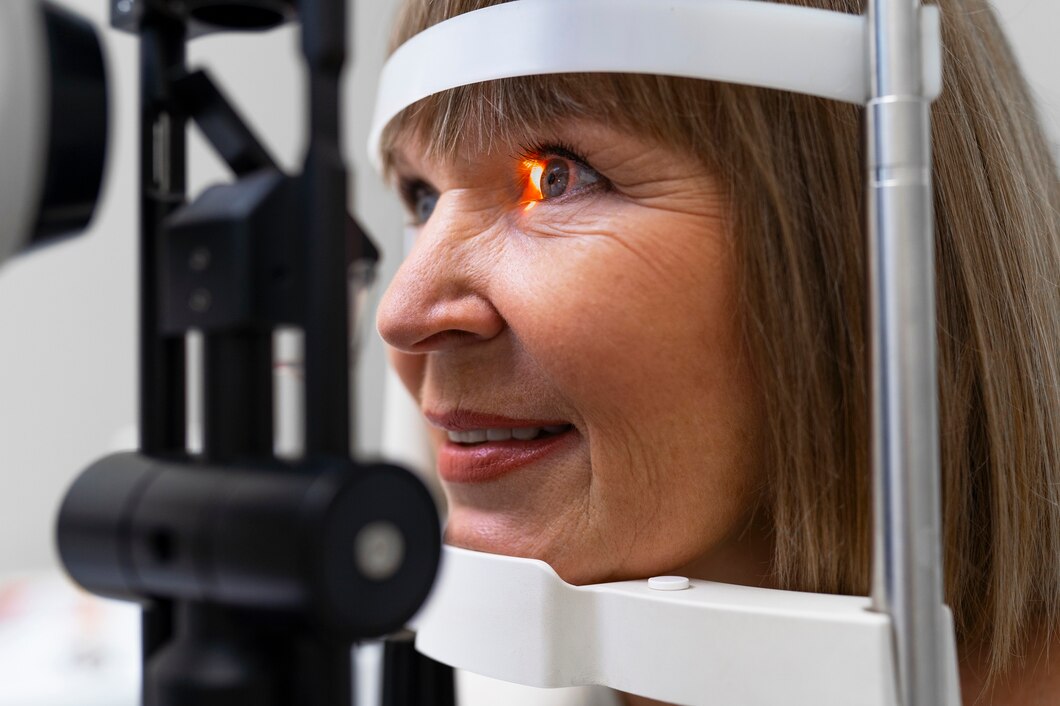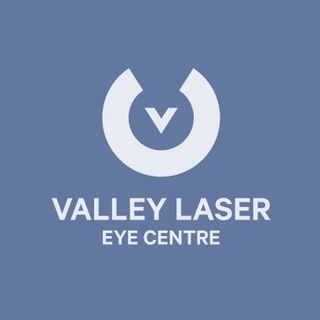One of the methods for treating blurry vision brought on by refractive error is referred to as “vision correction.” Some patients need vision correction to resolve a refractive issue.
A refractive mistake occurs when the eye does not correctly bend light (refract) when it enters the eye, leading to a hazy image. Many diseases are influenced by refractive error.
For most people, clear vision is essential for performing daily chores. In terms of overall well-being and freedom, individuals of all ages benefit from having a strong vision. People with poor eyesight that can be corrected have various options to improve their vision.
Among these, laser surgery, contacts, and glasses are the most popular options. The best option for you will have to depend on the condition of your eyes, lifestyle, and financial circumstances; an eye professional should be consulted about this.
Both Close-Up and Far-Off Vision
Nearsightedness or farsightedness may come from an incorrect eye shape. Because the eye cannot correctly bend (or refract) light, vision is blurry. The condition known as myopia, also referred to as nearsightedness, is one in which light sources focus in front of the retina.
To reduce extreme myopia and ensure that the light’s rays perfectly focus on the retina, doctors recommend negative or “minus” lenses.
When light rays precisely hit the retina, images are clear. Nearsighted people frequently complain that their eyesight is much clearer up close than it is distant from them.
Light rays focus behind the retina (hyperopia) when someone is farsighted. As a result, the eye is not powerful enough. For farsightedness, doctors advise using plus or positive lenses.
Furthermore, lenses give the eye additional fortitude so that light beams focus directly on the retina. Farsighted individuals sometimes complain that their vision is hazy up close but clear at a distance.
The usual definition of nearsightedness or farsightedness is somewhat deceptive because, as these disorders progress, all distances might become foggy.
Astigmatism
Astigmatism is another example of a typical refractive defect. Astigmatism is a little more difficult to correct because it tends to distort images rather than make them appear blurry.
One power in one meridian and another at a 90-degree angle are possible in astigmatic eyes.
In those with astigmatism, the cornea, the transparent dome-shaped structure on the front of the eye, is often more shaped like a football than a basketball. However, some persons may develop internal astigmatism due to their eye’s internal lens.
Two astigmatically positioned focus foci are offset from the retina. These focal points could be ahead of the retina, behind the retina, or both in front of the retina.
Although astigmatism can be a little perplexing, it can cause various symptoms, including double, blurry, distorted, and slanted vision.
Vision Correction
The most common method of vision correction is using eyeglasses or contact lenses. They help to provide clear vision by focusing light rays on the retina by adjusting for the shape of the eye. Refractive surgery is another method for correcting vision.
In refractive surgery, such as LASIK surgery, the cornea is modified to change the eye’s ability to focus (the eye’s front surface).
Conclusion
There are many different types of vision correction available, each with its benefits and drawbacks. The best type of correction for you will depend on your individual needs and preferences. If you are considering vision correction, consult an eye care professional at the best laser eye clinic to find out what options are available to you.
DISCLAIMER: This blog post does not replace medical advice and should not be implemented prior to consulting a fully certified medical professional.
The Valley Laser Eye Centre is a vision correction facility featuring cutting-edge equipment, a welcoming environment, and exceptional staff in Abbotsford, British Columbia. We aim to provide a smooth vision clinic experience with our well-trained staff. Get LASIK surgery by visiting our eye clinic!





